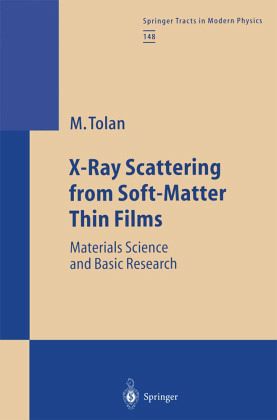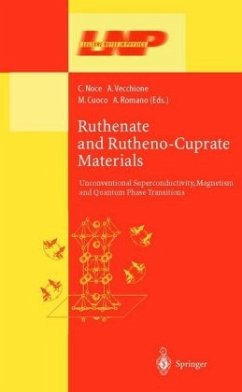
X-Ray Scattering from Soft-Matter Thin Films
Materials Science and Basic Research
Versandkostenfrei!
Versandfertig in 6-10 Tagen
76,99 €
inkl. MwSt.

PAYBACK Punkte
38 °P sammeln!
The properties of soft-matter thin films (e.g. liquid films, polymer coatings, Langmuir-Blodgett multilayers) nowadays play an important role in materials science. They are also very exciting with respect to fundamental questions: In thin films, liquids and polymers may be considered as trapped in a quasi-two-dimensional geometry. This confined geometry is expected to alter the properties and structures of these materials considerably. This volume is dedicated to the scattering of x-rays by soft-matter interfaces. X-ray scattering under grazing angles is the only tool to investigating these ma...
The properties of soft-matter thin films (e.g. liquid films, polymer coatings, Langmuir-Blodgett multilayers) nowadays play an important role in materials science. They are also very exciting with respect to fundamental questions: In thin films, liquids and polymers may be considered as trapped in a quasi-two-dimensional geometry. This confined geometry is expected to alter the properties and structures of these materials considerably. This volume is dedicated to the scattering of x-rays by soft-matter interfaces. X-ray scattering under grazing angles is the only tool to investigating these materials on atomic and mesoscopic length scales. A review of the field is presented with many examples.















